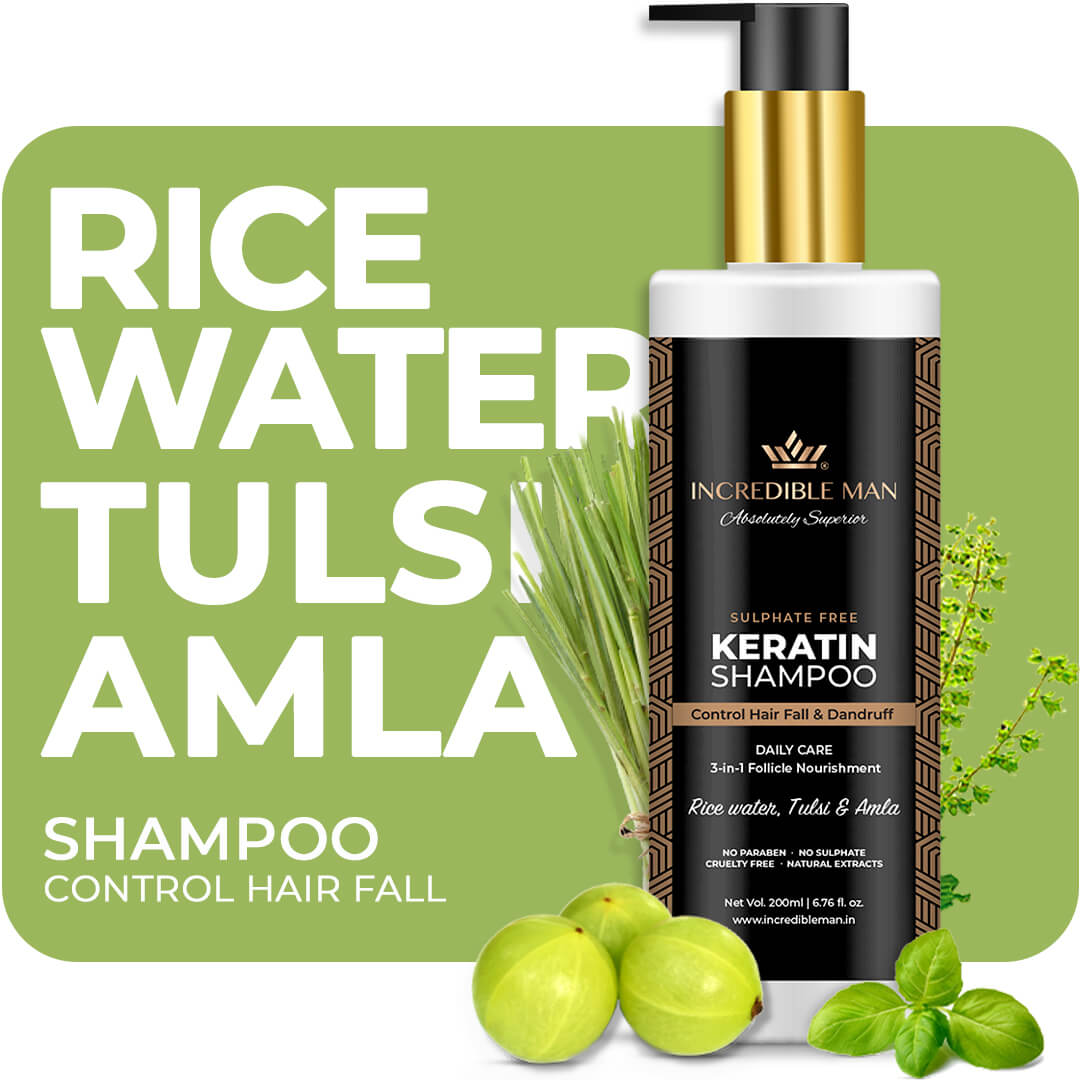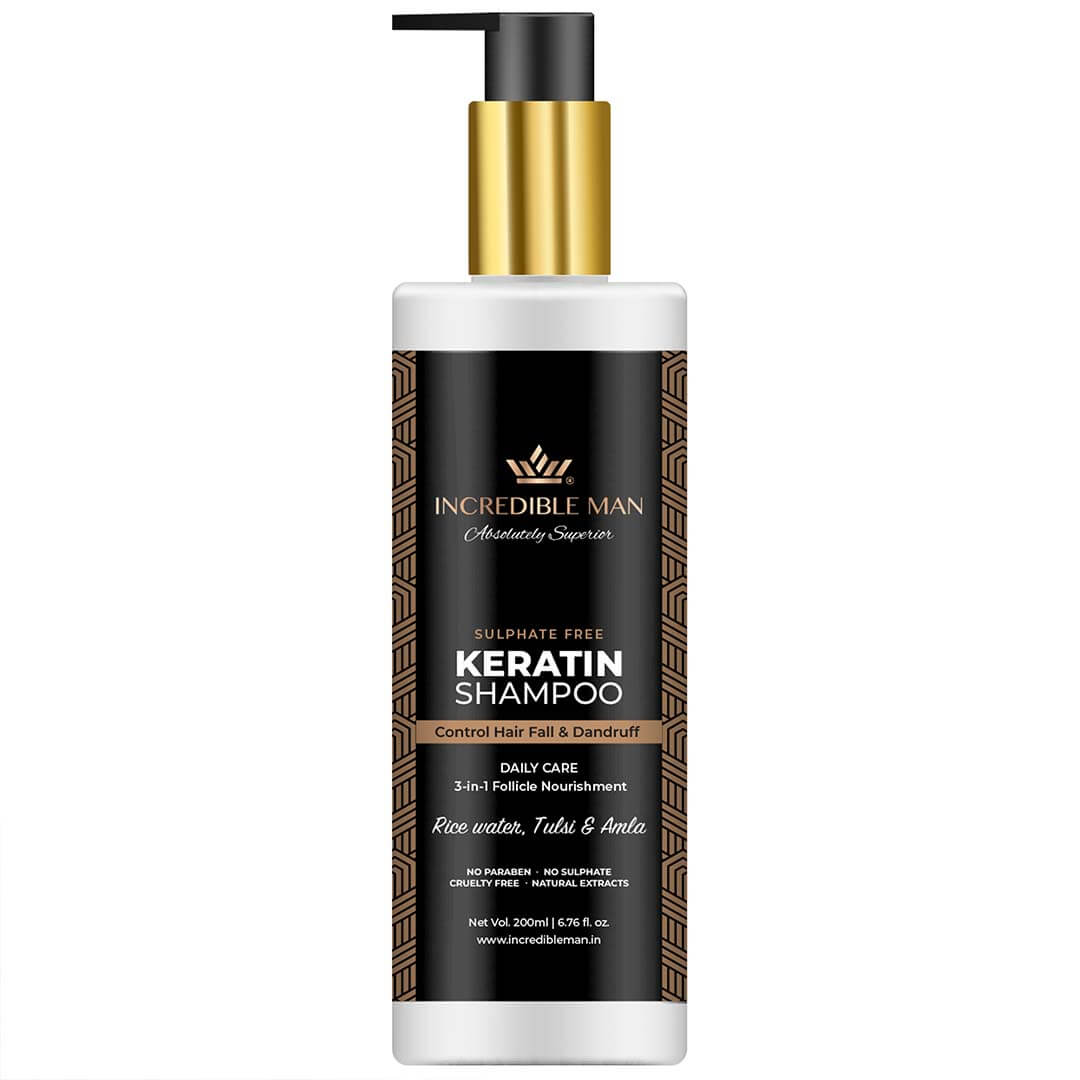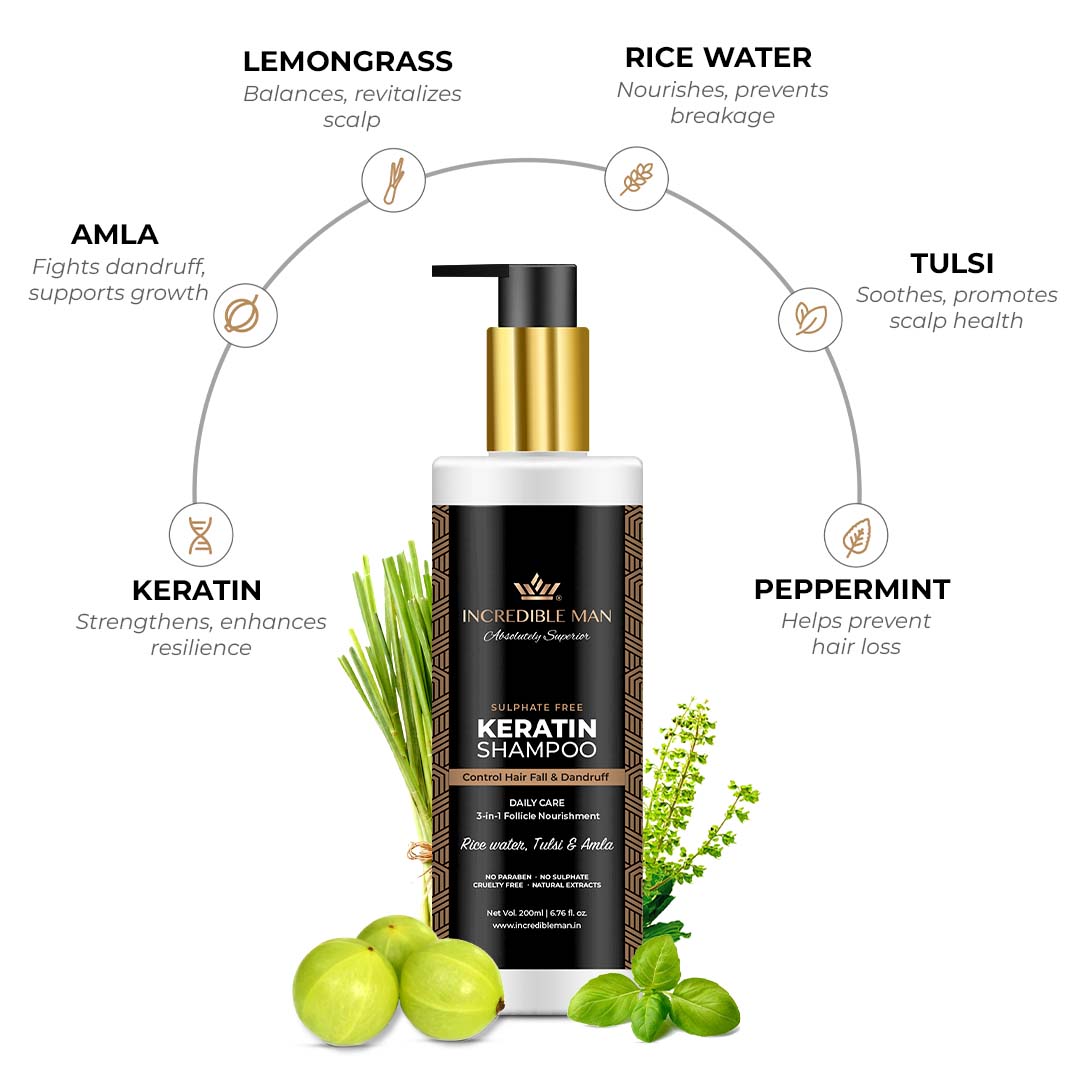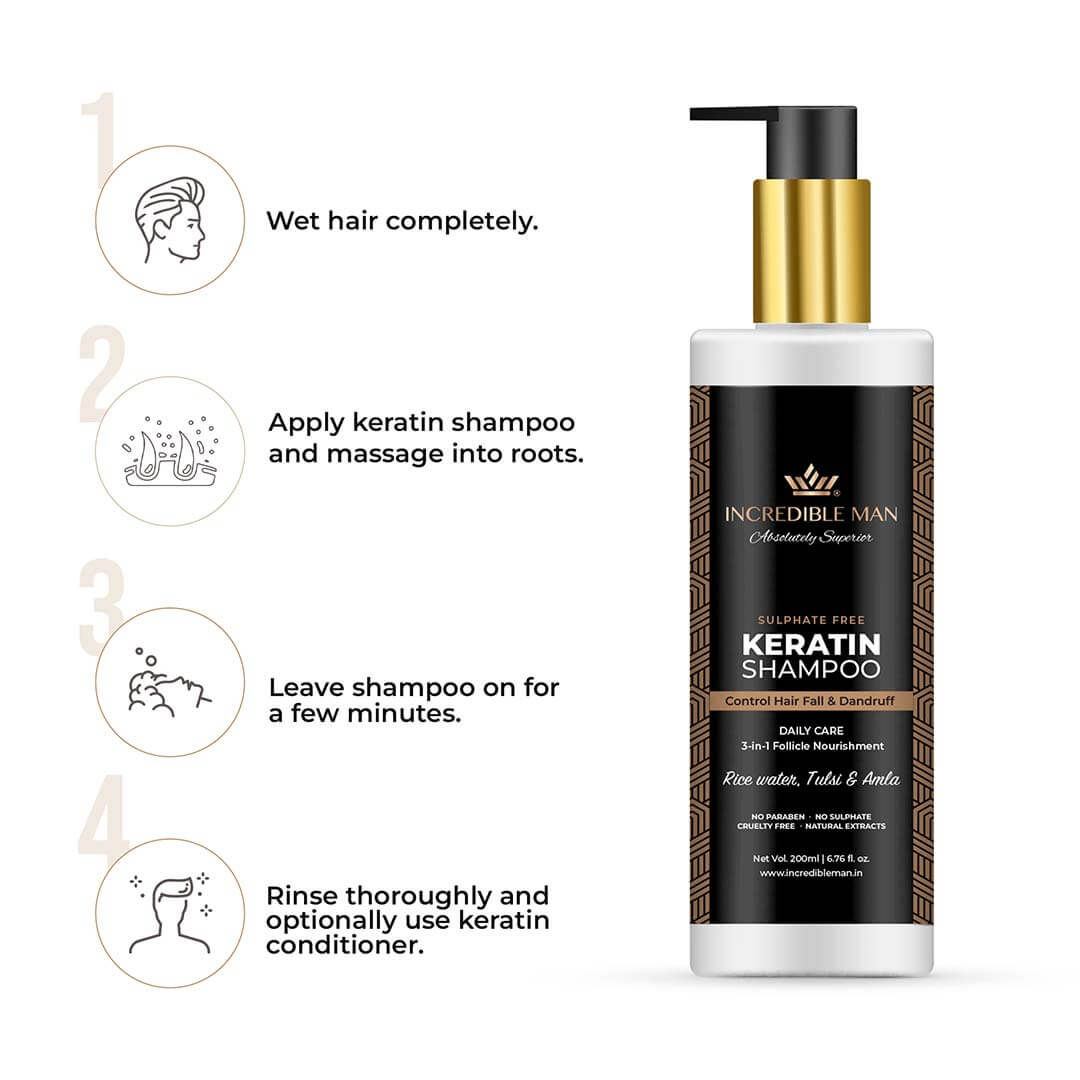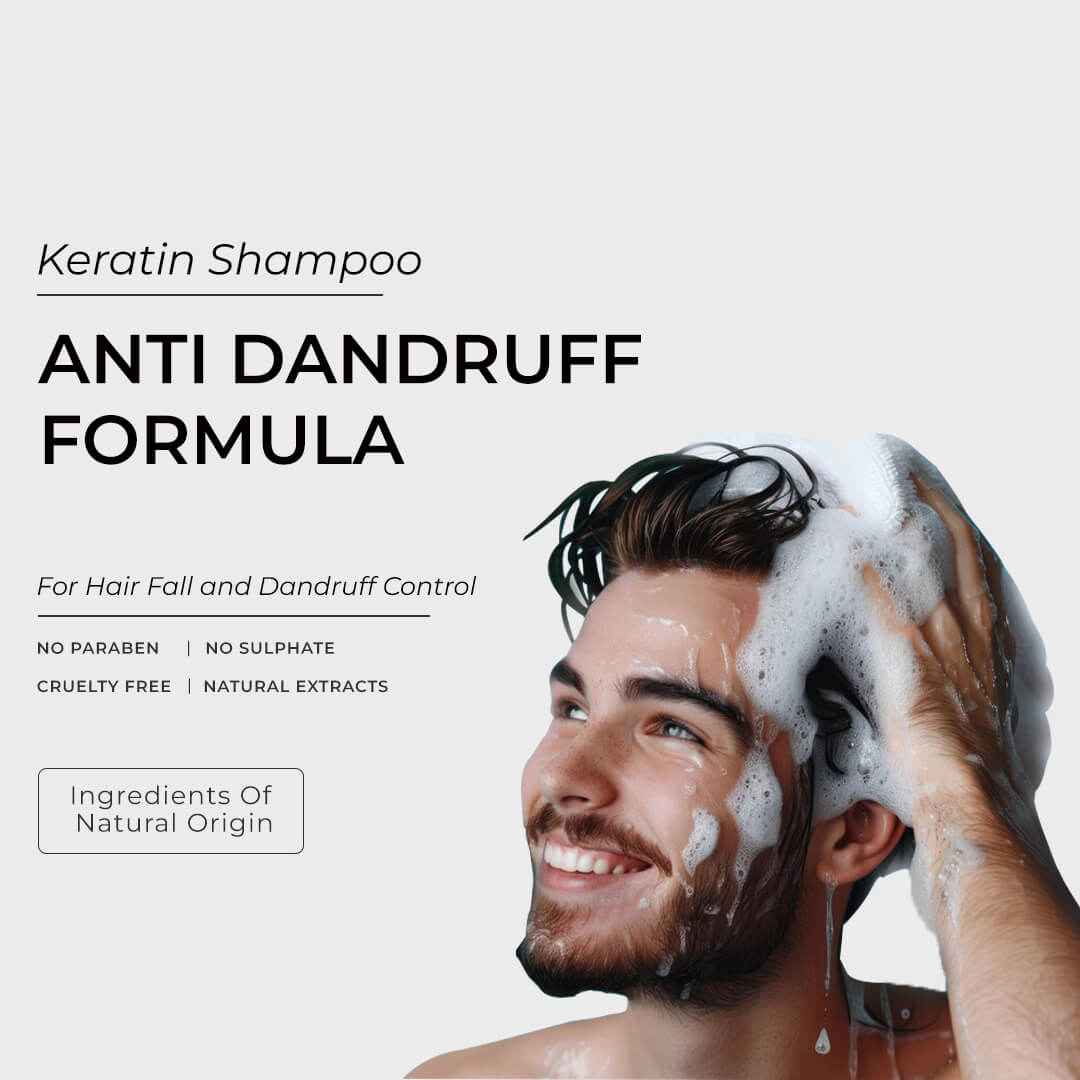It could take some time to adjust to this. Natural hair is dry, though. Because our hair shafts are not as straight as those of persons with straight hair, our scalp generates natural oils that do not easily flow down them. Therefore, these natural oils have a tendency to accumulate on the scalp and make it flaky.
Another group of people have scalps that don’t generate as much sebum or natural oils as they ought to, which results in dry scalp.
This is when a reliable moisturizing regimen comes into play. Your kinky curls will remain moisturized and flourish because moisturizing your natural hair helps to lock in moisture into your hair strands.
14 Natural Ways To Moisturize Your Hair

- You Should Water Your Hair – Water is a crucial component for healthy hair. Like you need popcorn to watch a movie, your natural hair requires water. Every day, you should mist water through your hair, paying close attention to the ends. Never comb through your hair without first putting some water to it since water is a basic hydrating ingredient for the hair. Maintaining the moisture in your natural hair also involves drinking at least 6 to 8 glasses of water every day.
- Oil Your Scalp – Oil is necessary for your natural hair, and you should use a sufficient amount of it to adequately hydrate it. Unless your scalp is really greasy, you should usually avoid this step. However, if your sebum production is really low, you might need to give your scalp a little more oil. Use natural oils for this, such as coconut oil, olive oil, or black castor oil. But daily oil application to the scalp is not recommended and is ineffective. Additionally, keep in mind that oil is not a moisturizer, therefore you should spritz your scalp lightly with water before applying oil to your hair in order to provide moisture.
- Hot Oil Treatment – This is a wonderful technique to take care of your natural hair. Your hair feels incredibly hydrated and moisturized after receiving the hot oil treatment, which also softens and strengthens it. Because our hair tends to dry out more quickly, this technique works best during the driest periods. Your natural hair gets a little bit more shine with the hot oil treatment.What you need to cure your natural hair with hot oil
- oil of castor
- Grapeseed emulsion
- Almond oil
- Avocado lard
- syringe bottle
- a shower head
- Avoid Overstyling Your Natural Hair – Natural hair styling products have the potential to weigh down your hair, dry up your scalp, and dry out your hair. Too much handling and styling of your natural hair can lead to breakage and damage. Wear styles that don’t call for as many styling products or alternate between high and low manipulation styles to give your hair a rest. Your hair will be kept nourished and moisturized for days as a result.
- The LOC Approach – For optimal water retention, the LOC process layers cosmetics over natural hair. Liquid/Leave-In, Oil, and Cream is referred to as LOC. You have the option of using only water for the liquid/leave-in or a leave-in conditioner with a water basis. By hydrating your hair with water, the oil is utilized to lock in the moisture you have absorbed into your hair. Castor oil, jojoba oil, coconut oil, and olive oil are all OK. After hydrating or moisturizing your hair, use the natural hair cream or butter to seal the hair cuticles.
What you need for the LOC method
-
- a leave-in conditioner or water
- Natural oils
- Natural hair cream
What you need for the LOC method
-
- In the event that you choose to apply a leave-in conditioner, start with freshly washed hair.
- If you plan to use water, separate your hair and spray it liberally.
- Apply your preferred oil as a final step and gently work it through your hair.
- Each hair region should have your cream applied, and you should also smooth it down your hair.
- Make twists in your hair, then let them air dry.
- Use Satin Bonnets and Pillowcases – Split ends and other hair damage are not the only consequences of sleeping with cotton scarves or pillowcases. They deprive your hair strands of the moisture they sorely need, leaving your natural hair looking dry and lifeless. If you must wear a scarf to bed, spend your money on a silk one, a satin pillowcase, or even better, a satin bonnet that will remain securely on your head all night. The satin aids in preventing friction-induced snags or split ends by preventing moisture that is already in your hair from escaping, as it can with a cotton pillowcase or scarf.
- Do Not Shampoo Your Hair Daily – When you take a shower, you don’t need to wash your hair every day. Even though it might not seem unusual to you, regularly washing your hair might really damage it. Your hair will get drier the more you wash it. Only twice a week should you shampoo your hair, it is advised. Use a sulfate-free shampoo and focus mostly on your scalp while washing your hair. Concentrate most of your conditioner application on the ends. After washing your hair, you can use a leave-in conditioner or overnight deep conditioner. Instead of continually using shampoo, co-washing is a terrific technique to maintain your natural curls moisturized and reduce frizz.Whether you have very oily, colored hair or dry scalp, we have the right natural anti hair fall shampoo for you.
- Use Only Moisturizers with a Water Base – Look just for water-based moisturizers when purchasing a hair conditioner from the aisle of natural hair products. Finding a moisturizing lotion with water as the first component is important since water is a key factor in inducing moisture. This helps to retain moisture sealed into the hair shafts along with water and other natural compounds found in your moisturizer, such as oils and creams. Daily use of moisturizer will help you develop well-defined, renewed natural curls over time. Try Cantu Shea Butter Leave-In Conditioning Cream, Shea Moisture Curl Enhancing Smoothie, or Cantu Shea Butter Curling Cream as some water-based moisturizers for natural hair. Adding a Natural Hair Growth Serum to your daily hair care routine can also help you enhance your hair growth.
- What Does Your Hair Need? – Understanding what your hair needs is the key to properly hydrating it and keeping it that way. Finding out your hair’s porosity and the texture of your hair are both important. The capacity of your hair to absorb moisture is known as porosity. Either your hair has high porosity or low position. When the porosity of your hair is high, it may easily absorb moisture. Your hair’s inability to readily absorb moisture is referred to as low porosity. If it typically takes a long time for your hair to get wet or dry, you have low porosity hair. If you dye and perm your hair, you have high porosity hair.
- Keep Heat Away From Your Natural Hair – It cannot be emphasized enough: at all costs, avoid using heat on your natural hair. Your hair will dry out more quickly and lose moisture if you often use blow dryers, flat irons, or other heat styling tools on your natural hair. It could take some time for the natural oils to moisturize your hair after this moisture is gone. Use a heat protectant spray first and a lower heat setting if you must style your hair with heat. Alternate heatless techniques for curl definition are also available.
- Conditioning Deeply Your Natural Hair – Every time you wash your hair, condition it to replenish moisture in the hair shafts. In order for your deep conditioner mixture to permeate the hair shaft with all the natural elements and enable your hair to retain additional moisture for days, the deep conditioning procedure entails elevating the hair cuticles using heat. Deep conditioning your natural hair maintains its natural shine while preventing hair damage and dry/dull hair. Make sure to deep condition your natural hair once a week or more.
What is Required to Deep Condition Natural Hair
-
- Shea butter
- Coconut oil
- Honey
- Olive oil
- Castor oil
- Conditioner
- Eucalyptus oil
- Shower cap
- Wide-tooth comb
Deep conditioning techniques for natural hair
- In a bowl, add two teaspoons of shea butter.
- 3 tablespoons of honey and 1 tablespoon of coconut oil should be added. Combine everything and warm it over boiling water.
- Add 2 tablespoons of coconut oil, 1 tablespoon each of castor oil, eucalyptus oil, and olive oil to a different bowl.
- Blend this substance thoroughly.
- Add the conditioner when you’re finished, and mix for roughly three minutes.
- Shea butter, coconut oil, and honey from the first batch should be added to the second bowl.
- Blend the ingredients well.
- Now separate off your hair and finger detangle it.
- Afterward, shampoo your hair.
- Section by section, apply the deep conditioner to your hair while finger-detangling it.
- After fully coating your natural hair with the deep conditioner, place a shower cap over it and let it soak for approximately 30 minutes.
- While your hair is still wet, rinse it out and comb it with a wide-tooth comb.
- You may arrange or twist your hair anyway you choose.
- Drink More Water – If you’re not drinking your recommended eight glasses of water each day, it might be a contributing reason to your hair’s dryness. Hair requires water just like our skin does, especially dry hair. You can spritz your hair with water many times a day in addition to consuming the recommended amount of water each day (yes, also like a houseplant). Since they are the oldest component of the strand, the ends require the greatest hydration.
- Trim split ends – You might be wondering how dead, frayed split ends could impact the moisture in your hair. You must periodically clip your hair, just as you would snip a sick leaf off a houseplant, in order to maintain it looking as youthful, fresh, and moisturized as possible, regardless of the underlying science. TLDR? Get rid of the extra dead hair so that your scalp can take care of the hair that requires nutrients and hydration.
- Don’t Touch Your Hair – Don’t touch your hair with your hands! Touching your curls may cause sebum, the oil generated by your scalp, to penetrate into your skin since the moisture balance of your hair is fragile. Stop stroking your coils and curls because doing this dries out your hair.
Quick Tip:
This treatment requires no special preparation; just apply plain yoghurt to the hair and let it sit for at least 20 minutes. For a super shine, shampoo, condition, and finish with a cool water rinse.
If your ends are dry, you may not be hydrating them enough (or correctly), but hair may also be time for a cut. I can always tell when I need a trim because my styles don’t look as well, my hair doesn’t hold moisture as well, and it’s generally not at its best.
Because it contains fatty acids and vitamin E, argan oil has a high level of moisturizing properties. Dandruff removal may be aided by the antioxidant, antibacterial, and anti-inflammatory qualities of castor oil. Because it includes the vitamins A, B, C, and E as well as minerals like zinc and copper, jojoba oil may be particularly hydrating.
using styling and drying equipment at an excessively high heat setting (dryers, curling irons, electric rollers, flat irons). utilizing drying and styling equipment with heat too frequently. shampooing excessively. utilizing a shampoo that contains drying sulfates or other harsh compounds that are not suitable for your hair type.



